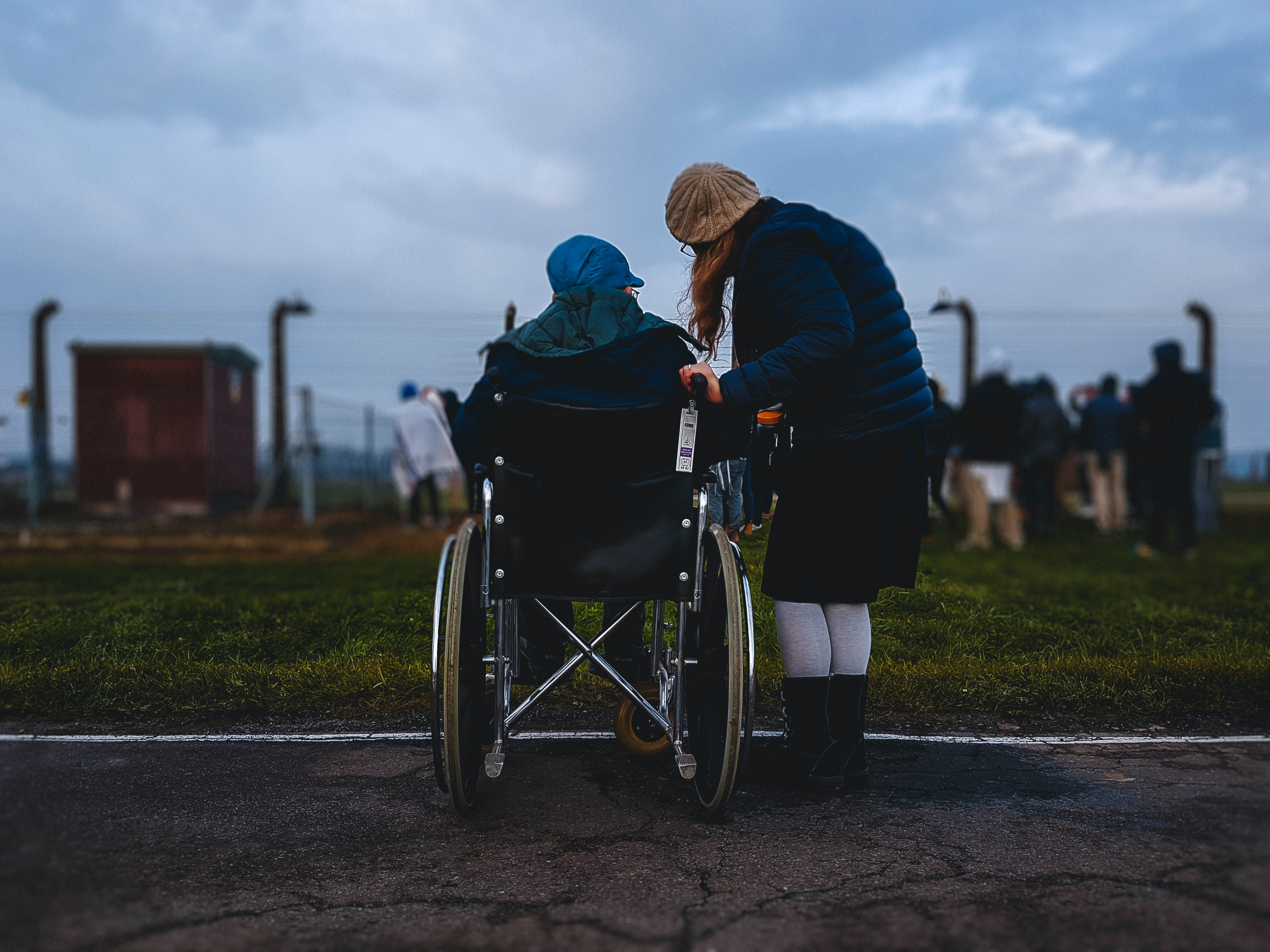
As the Americans with Disabilities Act Turns 30, Individuals with Disabilities Face New Challenges with COVID-19
The Americans with Disabilities Act (ADA) turned 30 this year as people with disabilities were met with new challenges due to COVID-19. As we discuss the impact of COVID-19 on vulnerable populations, it’s crucial to include people with disabilities in the conversation.
The virus itself can pose a greater threat to some, along with isolation due to social distancing. While social distancing and wearing masks is difficult for everyone, it simultaneously causes more challenges for people with disabilities while the virus poses a greater threat.
Like the Civil Rights Act of 1964, the Americans with Disabilities Act is meant to protect individuals with disabilities against discrimination. The ADA plays a role in employment, public spaces and services by upholding the rights of people with disabilities in the face of unequal access or inequality. In short, the ADA’s purpose is to ensure people with disabilities have the same rights as everyone else.
As the ADA turns 30, let’s look at how the act protects aspects of life for people with disabilities that those who are “able-bodied” may take for granted, and how COVID-19 can affect people with disabilities differently.
Expanding Access to All
In the U.S., 61 million people or one in four Americans has a disability, according to the Center for Disease Control and Prevention (CDC). The ADA works to bridge the accessibility gap with the goal of making all public spaces accessible to people with disabilities.
This equal opportunity law does not universally diminish the inequalities and challenges that people with disabilities face. However, the act is still a milestone in the fight for accessibility and equality. The ADA covers:
- Employment - Ensuring equal access to jobs for those with disabilities, requiring employers with over 15 employees to provide reasonable accommodations.
- Public Services - Requires state and local governments to make programs accessible to individuals with disabilities.
- Private Entities - Services run by private entities, like hotels and restaurants, must not discriminate against people with disabilities and follow guidelines to ensure accessibility.
- Transportation - Safeguarding accessibility on public transportation such as buses or trains.
Read more about the ADA’s history and impact throughout the years.
New Challenges: COVID-19
COVID-19 and social distancing impact individuals with disabilities differently due to a variety of factors. Some people with disabilities may be immunocompromized meaning that the virus could be more threatening to their health than others. You’ve already heard that wearing a mask, social distancing and washing your hands is important. But you can actually help protect the lives of those more vulnerable to the virus by taking these precautions.
Social distancing can also create more challenges for some, even though it prevents the spread of the virus. While many hospitals are currently not allowing visitors, this is challenging for those who need caregivers with them to communicate and/or make care decisions. A public-interest law firm recently filed a complaint and cited the ADA.
Face masks can also be challenging for children and adults with special needs who could have sensitivities to either wear the mask, seeing other people in masks or both. Transparent masks and face shields could be a solution for some.
The ADA has worked to protect the rights of individuals with disabilities for the past 30 years. It’s important to keep people with disabilities at the forefront of discussions about COVID-19 and how we can ensure the safety of everyone.



